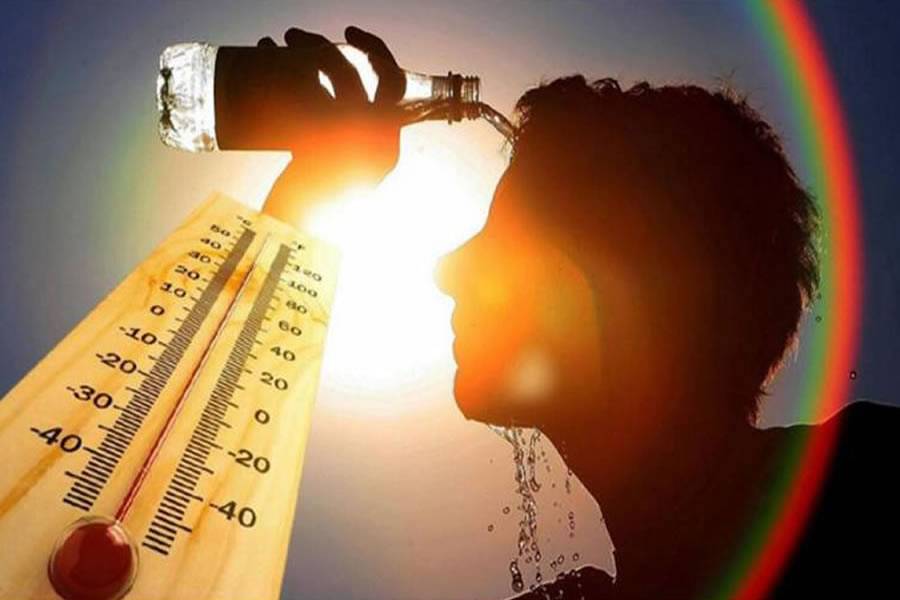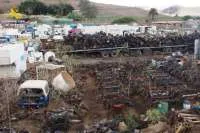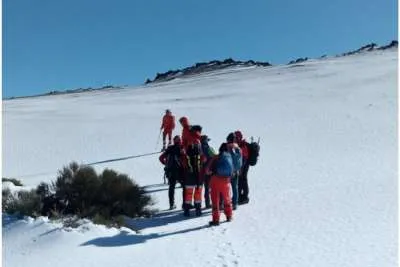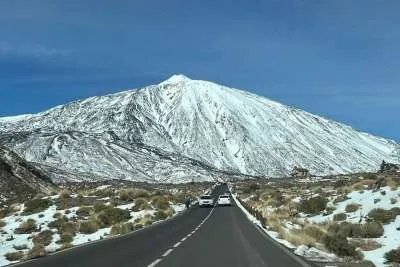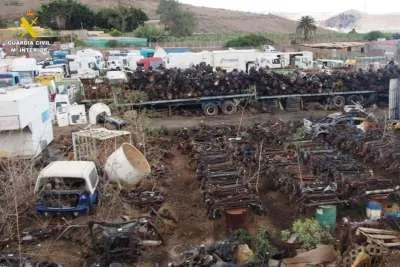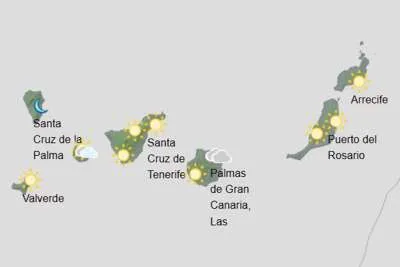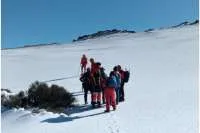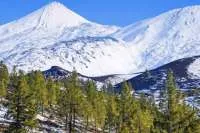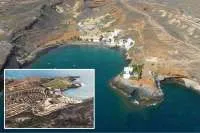AEMET confirms that February 2024 was the hottest on record in the Canary Islands
- 07-03-2024
- National
- Canarian Weekly
- Photo Credit: Stock Image
The Canary Islands recorded the warmest February this year since records began in 1961, with a temperature anomaly of +3°C, according to the Climatological Advance of the Canary Islands report released by the State Meteorological Agency (AEMET) yesterday, Wednesday.
In addition to the extraordinarily high temperatures for the time of year, the average value of accumulated precipitation was just 8.6 litres per square metre, representing only 23% of the expected value. February 2024 is classified as a “remarkably dry month”, ranking as the 13th driest since 1961.
Throughout the archipelago, twenty-nine tropical nights were observed at almost twenty meteorological stations across the islands.
The highest temperature was recorded in La Aldea de San Nicolás, in Gran Canaria, when it officially reached 31.2°C on February 8th.
Temperatures also exceeded 30°C in Antigua (Fuerteventura), Tías (Lanzarote), and Arico (Tenerife).
Regarding rainfall, the approach of the storm 'Karlotta' brought some weak precipitation to all the islands except Gran Canaria. The most significant records were registered in La Palma, El Hierro, and the northern part of Tenerife.
From February 23rd onward, the Atlantic anticyclone positioned itself northwest of the Azores, creating a strong northeast flow over the islands. This resulted in a notable temperature drop and the arrival of successive air masses with higher thickness and moisture content.
These air masses led to ‘weak’ to ‘locally moderate’ precipitation in the northern slopes of the most mountainous islands, the eastern part of Gran Canaria, and small amounts in Fuerteventura and Lanzarote. In the highlands and north-facing slopes of Gran Canaria, the precipitation was more intense and persistent.
Additionally, until the 19th of the month, there were several episodes of Calima (fine airborne sand or dust from the Sahara) with weather warnings for strong winds, with gusts that reached up to 100 km/h.
Such complex weather patterns can be difficult to research and analyze. For this, education can be very helpful, especially when specialists in the field assist during the learning process. For students working on homework or research related to climate patterns, weather phenomena, or similar topics, seeking assistance to manage the workload more effectively can be helpful. Consider using services that offer to do my homework, allowing you to focus on understanding key concepts while getting support with the more time-consuming aspects of the task. This approach can help you stay on track, improve your skills and gain knowledge.


